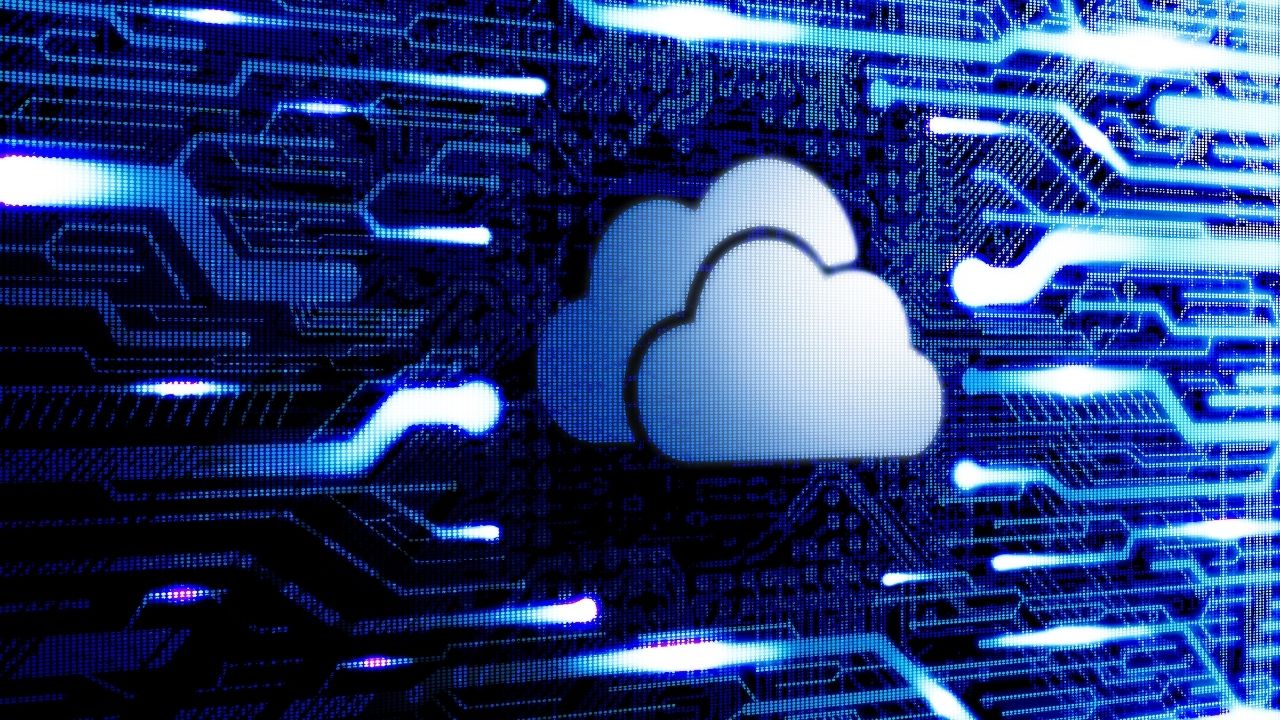Have you ever tried to test your web applications on your computer before showing them to the world? It can get tricky. Many developers and IT pros use a special number for this: 127.0.0.1:49342.
This number helps computers talk to themselves.
The part “127.0.0.1” is like a home address but for your computer only. The “:49342” part is like saying, “knock on door number 49342.” Together, they make sure messages go right where they need to—to software being made or tested on the same machine.
This blog will show how 127.0.0.1:49342 works and why it’s great for making apps safe and sound at home before they step out onto the internet. Stay with us; it’s easier than you think!
Understanding 127.0.0.1:49342

The mix of IP address 127.0.0.1 and port number 49342 is a special tool for computer experts. It helps them test programs, keep networks safe, and solve tech problems right on their own machines.
The Combination of IP Address and Port Number
An IP address and port number work together in computer networking. Think of the IP address as a street address for a house. The port number is like a specific door of that house you want to knock on.
For example, 127.0.0.1 is an IP address known as localhost, where your own computer can talk to itself for testing purposes.
The port number, such as 49342, points to a specific place within your computer where an application listens for requests or sends out information. It’s kind of like choosing which worker in an office building gets your message based on their room number.
This setup helps when developers test web servers or databases locally before showing them to the world online.
Purpose for Developers, IT Professionals, and Cybersecurity Experts
Developers, IT experts, and people who work on computer security find 127.0.0.1:49342 very useful. They use it to talk to their own machines securely. This helps them test and build software in a safe space away from the public internet.
It’s like having a private testing ground where they can make sure everything works right before sharing it with the world.
They also rely on this for making sure databases run smoothly, spotting mistakes in code, and trying out new apps without risk. Tools such as Apache or Nginx serve web pages back to them through this special address during testing phases, ensuring that what they create is ready for real users.
For cybersecurity folks, it’s a way to check for weak spots safely without exposing their systems to actual threats.
The Function of 127.0.0.1:49342
The function of 127.0.0.1:49342 combines a specific internet address with a temporary path for data. This setup helps computers talk to themselves for tasks like checking code and connecting to local services without reaching the wider web.
Loopback Address 127.0.0.1
The loopback address 127.0.0.1 is special. It lets a computer talk to itself. Think of it as using your phone to call your own number. This address is key for testing and building stuff on the computer without messing with other devices or the internet.
Using 127.0.0.1, developers and IT pros can check their work in progress safely. They might run a web server or test an app, making sure everything works right before they share it with others or push it live online.
Ephemeral Port 49342
Ephemeral Port 49342 is a special type of port. It helps in short-term talks between computers and apps. This port does not stay the same and can change each time an app asks for an internet service.
It makes sure tests on applications do not disturb each other.
This port is used for a short time during client-server communication. It picks a temporary path for data to move in web development or software testing settings. With this, developers check their work safely before going public.
Tools like netstat help track how these ports are doing, making it easy to find and solve issues if two apps try to use the same port at once.
Common Uses of 127.0.0.1:49342
People use 127.0.0.1:49342 for testing web pages and handling data in tables. It helps them fix problems in programs and make sure their computer talks to itself right.
Testing Web Applications
Testing web applications is key for making sure they work right. Developers use local web servers like Apache and Nginx for this. They run the application on their own computer to check it.
This way, they can find and fix problems before anyone else sees them.
This process happens in a safe space. Only the person working on it can see what’s happening. It keeps the testing away from the real internet. This helps stop hackers from seeing weak spots in new tools or sites early on.
Managing Databases
Managing databases is a key part of local development. Using the loopback address, developers can safely connect to databases like MySQL and PostgreSQL. This setup helps in local testing and changing settings.
It’s secure because it only allows access from your computer. You won’t worry about outside threats.
Tools like WAMP and XAMPP make this process easy. They let you manage web applications and databases on your own machine. These tools are good for working with PHP, database systems, and more without risking safety or dealing with complicated setups.
Debugging and Developing Software
Debugging and making software better needs a safe place. 127.0.0.1:49342 gives that space on your own computer. It lets you test code without risks from the internet or bugs hurting your system.
This address helps find mistakes in codes quick.
Developers use tools like HTTP servers to check their web apps locally before they show the world. They talk to databases, see how changes work, and fix errors fast using this setup.
It’s key for making sure everything runs smooth in real-world use later on.
Operation of 127.0.0.1:49342
To make 127.0.0.1:49342 work, a computer program uses it to listen for info coming in. Another program sends info out to this address and port, starting a chat between two parts of the same machine.
Server Binding and Listening
A server needs to connect at IP 127.0.0.1 and listen on port 49342 to work well. This lets it talk only inside the computer for safe setup during local development. It makes sure no outside internet can meddle, keeping project testing secure.
This process uses TCP/IP protocols, a key internet rule set that helps computers talk to each other safely. By binding to this address and port, servers set up a special path for data.
They wait for requests from clients—like web browsers or apps—to respond quickly without errors or security threats from the outer web space.
Client Requests and Server Responses
Clients send a request to 127.0.0.1:49342, like asking for a webpage. The server at this address gets the request. It then looks for what was asked, such as files or data. After finding it, the server sends back the needed content to the client.
This process is key in testing environments and software development. Using client requests and server responses helps find problems before they reach real users. Tools like APIs play a big role here, making sure different parts of an app can talk to each other well.
This cycle—ask, find, respond—keeps web applications running smoothly on your local machine.
Potential Issues with Using 127.0.0.1:49342
Using 127.0.0.1:49342 has its problems. You might run into port conflicts or firewall rules that stop things from working right.
Port Conflicts
Port conflicts happen when two applications try to use the same port number on a computer. For example, if another program is already using port 49342, you cannot use it at the same time.
This leads to errors and stops your work. You need to pick a different port within the range of 49152-65535. These are special numbers set aside for temporary tasks like yours.
To avoid these issues, check which ports are free before you start. Tools like Wireshark help see what’s in use. Changing your firewall settings might also be needed to let your chosen port through.
Always choosing unique ephemeral ports makes sure your projects run without hitting into each other or causing errors.
Firewall Restrictions
Firewalls can stop users from reaching some ports. This includes the loopback address, like 127.0.0.1:49342. Users need to change firewall settings to use this port.
Changing these settings makes sure programs can talk to each other on your computer. It’s like opening a door so friends can come in but keeping it safe too.
Application Errors
Application errors happen when the server isn’t set up right. This can stop connections from working. To fix this, you need to make sure your server works as it should. Testing and fixing problems on 127.0.0.1:49342 helps find these errors early.
Making changes based on tests can prevent bigger issues later. This is key for keeping your computer safe and making sure everything runs smoothly. Using tools like HTTP and debugging software are good ways to spot mistakes in local development before they cause trouble in bigger settings.
Best Practices for Using 127.0.0.1:49342
Making the most out of 127.0.0.1:49342 means choosing the right temporary ports, adjusting your firewall, and using it mainly for local projects. This approach helps your work run smoothly and keeps troubles away.
Dive deeper to learn more about smart ways to use this setup for your tasks!
Selecting Ephemeral Ports
Picking the right temporary port is key to avoid conflicts. The range from 49152-65535 is best for this. It keeps things running smoothly. You make sure your app does not bump into others.
Using these ports helps when you test web apps or manage databases. This choice stops your software from crashing into other programs using the same numbers. It’s an easy step to keep your work trouble-free.
Adjusting Firewall Settings
Adjusting firewall settings is crucial for working with localhost networking, like when using 127.0.0.1:49342. Firewalls can block traffic they see as unwanted. This stops you from accessing important ports for local development tasks.
To fix this, open your firewall settings and add a rule that allows traffic on port 49342. This makes sure the firewall knows it’s safe to let data through.
Make sure to check your settings regularly to keep access open and secure. Doing this helps prevent problems before they start and keeps your local development work smooth and trouble-free.
Limiting Usage to Local Development
Using 127.0.0.1:49342 for local development keeps testing safe and away from live users. It makes sure developers can try new things without risk to the actual system or data. This method protects against possible security threats that might come up if used in real-world settings.
Sticking to local networks for development stops bad software from reaching vital parts of the internet or your company’s network system. It also helps avoid mess-ups in production systems where real users could face issues due to untested changes.
Keeping work local until it’s ready ensures everything runs smoothly later on, making this practice a smart choice for developers and IT folks alike.
Security Considerations for 127.0.0.1:49342
Keeping your local server safe is key—127.0.0.1:49342 is no exception. Protecting services and fighting off local threats ensures your development stays on track, without the risk of unwanted access or data breaches.
Protecting Sensitive Services
To keep sensitive services safe, we must make sure they can only talk to secure local addresses. This method stops others from sneaking in where they shouldn’t. We use loopback interfaces like 127.0.0.1 for this job.
It’s a special IP address that loops communication back inside the machine. Only the computer you are on can reach these services.
Using tools and settings helps too. For example, setting up firewall rules makes sure only approved traffic gets through on certain ports, like ephemeral ports used for quick tasks and testing by developers and IT pros.
These steps keep our internal talks private and out of reach from unwanted guests trying to exploit security holes or plant malicious software.
Guarding Against Local Threats
Keeping your computer safe from local threats needs smart steps. One way is to keep all development tools up-to-date. This blocks gaps that bad software might use to get in. Secure areas for making and testing your work also help stop security problems before they start.
Use strong passwords and encryption to protect data on your network. Make sure you adjust settings on the firewall, too. This acts like a gatekeeper, only letting safe connections through while keeping risky ones out.
Together, these methods build a solid wall against threats close to home, ensuring you can work without worry about attacks or breaches of privacy.
The Advantages of Using 127.0.0.1:49342
Using 127.0.0.1:49342 makes testing and fixing your projects simple and secure. You can work on websites or programs right on your own computer without risks from the internet.
Safe Local Testing and Debugging
Local testing and debugging on 127.0.0.1:49342 are like having a safe box where developers can check their work. It’s where they can run codes, see how programs behave, and find mistakes without risk.
This process keeps the bigger computer systems safe from errors that could cause big problems if not caught early.
Using this local address means that whatever is tested stays within the developer’s own machine—it doesn’t go out to the wider internet or affect other parts of a network. It’s much like practicing a speech in front of a mirror before going on stage; it ensures everything works as it should before showing it to others.
This practice makes development smoother and helps avoid surprises down the line.
Facilitation of Local Communications
127.0.0.1:49342 makes it easy for your computer to talk to itself. This helps developers and IT pros check their web apps or manage databases right on their own machine, without needing the internet or a different computer.
It speeds up fixing bugs and making new software because everything happens in one place.
This setup uses IP addresses and port numbers to let different services on your machine connect smoothly. Think of it as having many doors into one big house—each door (port number) leads to a different room (service).
With 127.0.0.1:49342, you can send information from one room to another quickly, keeping everything safe inside your “house.
Takeaways
This guide showed you how to use 127.0.0.1:49342 for local network tasks. You learned about its parts and uses, like testing apps and managing databases. Problems can happen, but with the right steps, you can avoid them.
This knowledge helps keep your work safe and runs smoothly on your computer. So, using 127.0.0.1:49342 wisely makes tech tasks easier and safer.









































